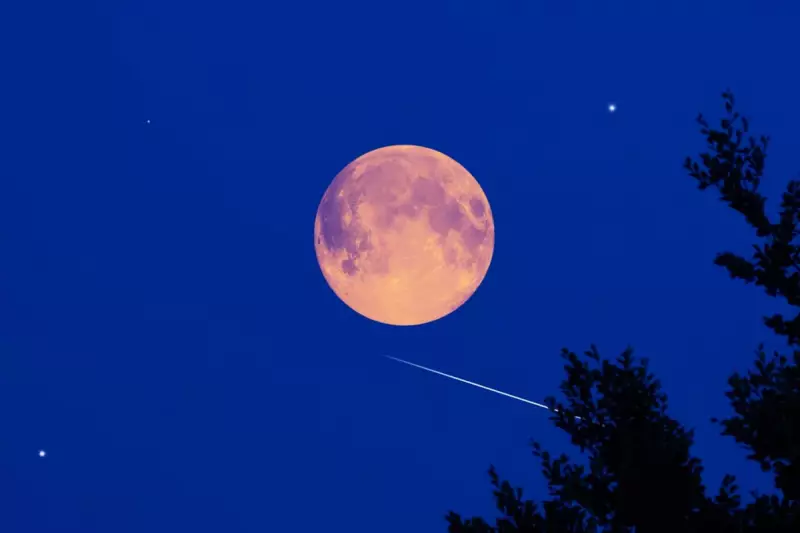
This August, skywatchers are in for a treat as two spectacular celestial events coincide—the Sturgeon Full Moon and the peak of the Perseid meteor shower. Whether you're an avid astronomer or simply love gazing at the night sky, these phenomena promise a breathtaking display.
The Sturgeon Full Moon: A Rare Sight
Named by Native American tribes after the sturgeon fish abundant in the Great Lakes during this time of year, August's full moon will reach its peak illumination on 1 August. The Sturgeon Moon is also known as the Green Corn Moon or Grain Moon, reflecting the agricultural significance of the season.
Unlike some lunar events, the Sturgeon Moon doesn’t require special equipment to enjoy. Simply find a clear spot away from city lights, and look up—its golden glow will be visible to the naked eye.
The Perseid Meteor Shower: Nature's Fireworks
Just days after the full moon, the annual Perseid meteor shower will reach its peak on 12-13 August. Known for its bright, fast-moving meteors, the Perseids are one of the most anticipated meteor showers of the year.
This year, however, the nearly full moon may outshine some of the fainter meteors. To maximise your chances of spotting shooting stars, head to a dark location after midnight and allow your eyes to adjust to the darkness.
Tips for the Best Viewing Experience
- Timing is key: The best meteor sightings occur in the pre-dawn hours.
- Find dark skies: Rural areas with minimal light pollution offer the clearest views.
- Be patient: It may take 20-30 minutes for your eyes to fully adapt to the dark.
- Skip the telescope: Meteors streak across wide areas of the sky, so binoculars or telescopes aren’t necessary.
Whether you're drawn to the mystical glow of the Sturgeon Moon or the dazzling streaks of the Perseids, August’s night sky promises unforgettable moments for all who look up.





